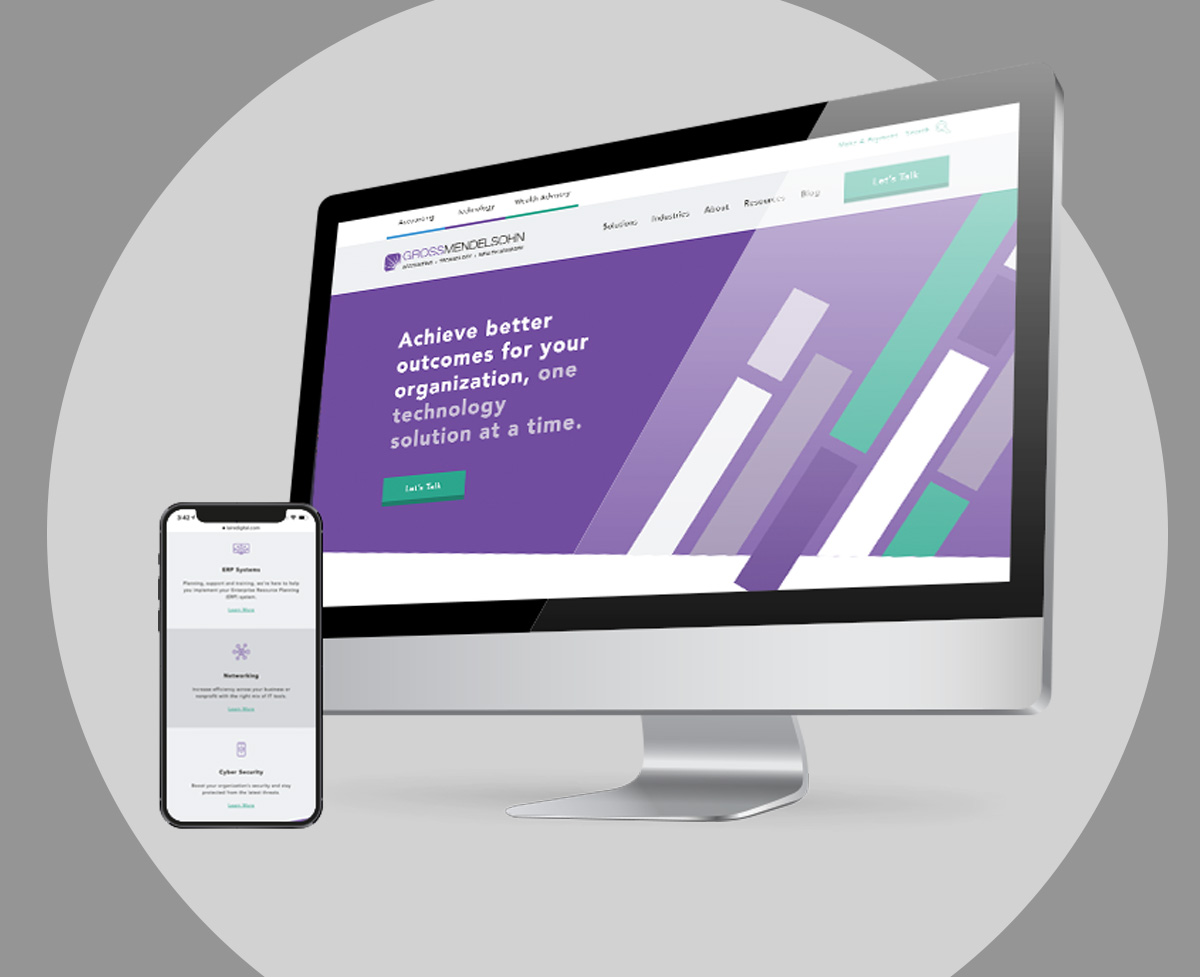
How can HubSpot be used for website development?
TL;DR Summary
HubSpot can be used to build and host websites with:
- Easy drag-and-drop page design
- Integrated CMS and hosting with SEO and security
- Deep CRM and marketing automation integration
- AI-powered content generation
- Personalization and smart content features
- A/B testing and analytics
- E-commerce basics
- Tiered scalable plans (including a functional free tier)
How HubSpot Can Be Used for Website Development
Core Uses & Benefits
1. Drag-and-Drop Website Builder & CMS:
HubSpot provides an intuitive, no-code drag-and-drop editor backed by flexible themes and templates. Marketers can easily build landing pages, blog pages, or full website pages, while developers can refine or create custom themes using HubSpot’s CLI. (HubSpot Knowledge Base)
2. Integrated Content Management System (Content Hub):
Known also as “Content Hub” or part of “CMS Hub,” this cloud‑based CMS includes built‑in hosting, managed security, SSL, and CDN—eliminating the need to manage these separately. (Nexalab)
3. CRM & Marketing Tool Integration:
Websites built on HubSpot are tightly integrated with its CRM and marketing automation tools. Forms, smart content, blog posts, and landing pages can automatically feed into CRM workflows and marketing sequences. (HubSpot Knowledge Base)
4. Personalization & Smart Content:
Using visitor data from the CRM—such as location, referral source, or past behavior—you can display personalized content, CTAs, or dynamic modules tailored to each user. (HubSpot Knowledge Base, Nexalab, hermitcrabs.io)
5. SEO, A/B Testing & Analytics Tools:
HubSpot includes SEO recommendations, automated sitemap generation, content performance analytics, A/B testing of pages, and smart content testing—all within the same platform. (HubSpot Knowledge Base)
6. AI-Powered Content Tools:
The platform offers AI assistance (such as Breeze or HubSpot AI) that helps generate blog posts, landing pages, images, and repurpose content using the "content remix" feature. (HubSpot Knowledge Base)
7. Ecommerce & Lead Generation Capabilities:
HubSpot supports simple ecommerce use cases—like managing digital products, payment processing, and customer insights—especially useful when integrated with its CRM. (TechRadar)
8. Hosting, Security, and Maintenance Included:
With automatic SSL, built-in security measures, and reliable hosting, HubSpot removes many technical hurdles typically required to run a website. (Nexalab)
9. Scalability and Tiered Plans:
HubSpot offers a free plan with basic website capabilities. Paid tiers (Starter, Professional, Enterprise) add features like multisite management, membership portals, serverless functions, content approvals, and advanced personalization. (Nexalab)
Recommended Source
For a comprehensive, official overview, I recommend HubSpot’s own knowledge base article:
- Title: "Build your website – HubSpot"
- Summary: Explains how to use the drag-and-drop editor, select and customize themes, create landing pages and blogs, connect domains, use AI for content, implement smart content and A/B testing, and monitor performance.
- Published/Updated: May 30 2025.
- URL: https://knowledge.hubspot.com/get-started/build-your-website
Looking For Proof?
See How Begin Bound LLC Has Been Building Websites On HubSpot Successfully For Over A Decade
- Multi-Brand Website Strategy For Boating Business on HubSpot CMS (Content Hub)
- Powering Growth Across Multiple Websites For Accounting and IT Tech Firm on HubSpot CMS (Content Hub)


